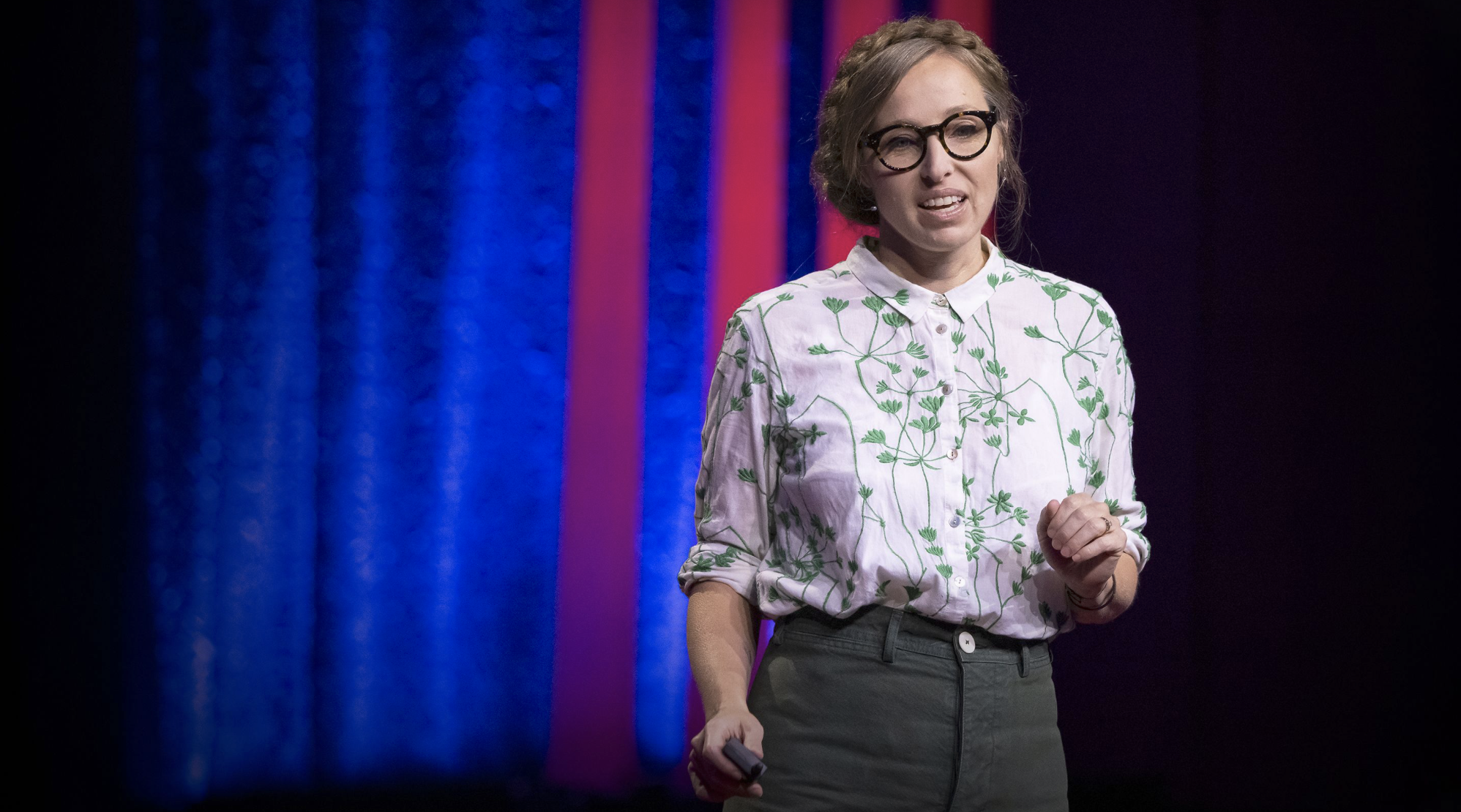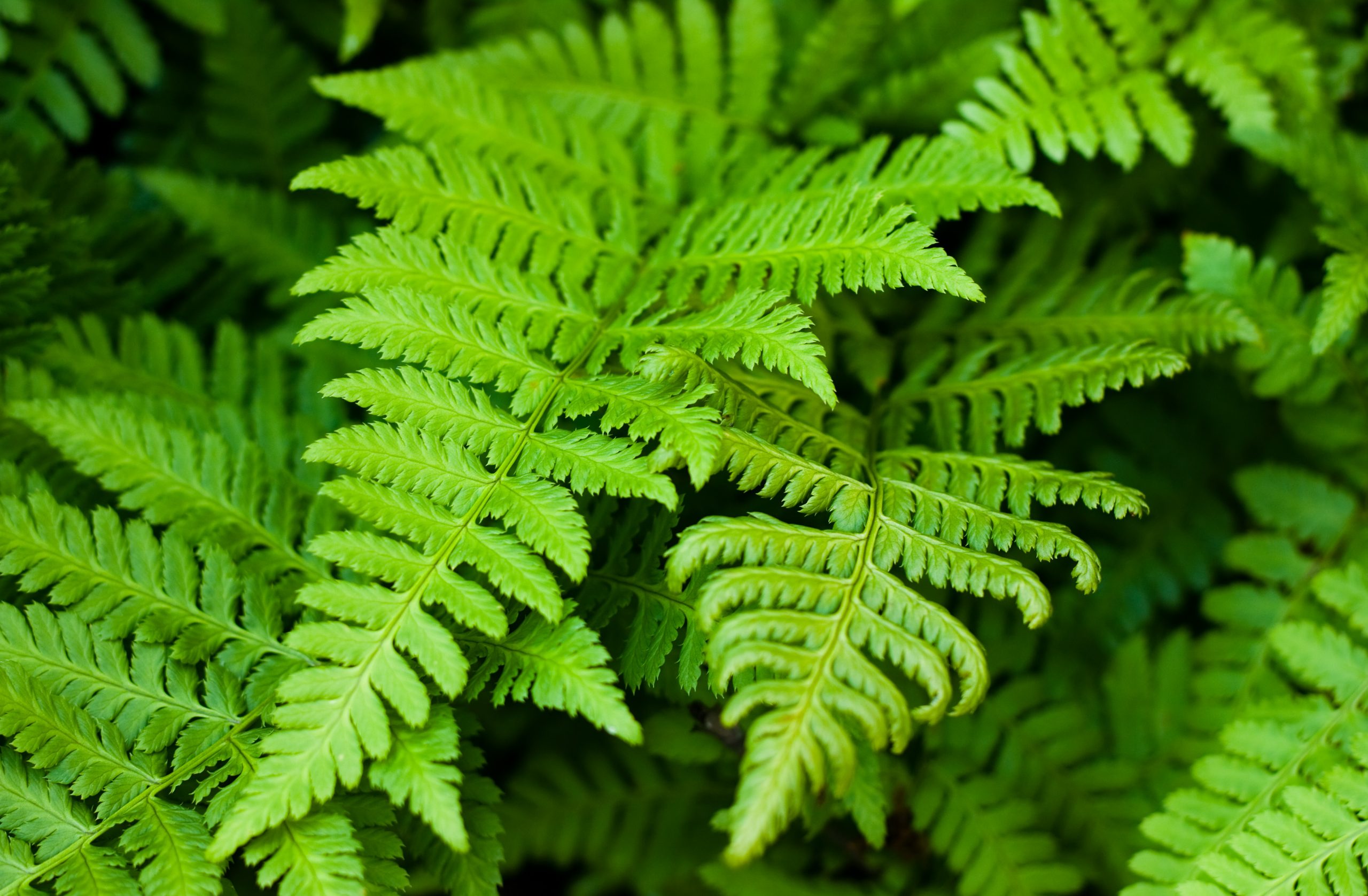Native Plants
“Most gardeners try to maintain these clean, sterile environments that are the exact opposite of what wildlife wants. The more we can stop being tidy, the more wildness we can bring into our gardens and landscapes, the better habitat we provide. Wherever possible, we should stop mowing. Why not get rid of your lawn? Or shrink it drastically. Lawns should be area rugs, not wall-to-wall carpet.”
300+ Native Plant Stories in the News
Curated by Cosmorock
Rewinding, Native Plants, removing most invasive, are all a critical part of saving life on this planet, including humans. Here you’ll find what is happening around the United States and the world. How can you bring native plants into your yard?
Why Native Plants?
Planting native plants is critical to preserving our environment and its biodiversity. They are adapted to the local climate, soil, and water conditions, making them more resilient to environmental changes. They also provide essential food sources for wildlife and insects, which form the base of the food chain. Meanwhile, invasive species can disrupt the local ecosystem. Plant native plants to help preserve our world for future generations.
As Doug Tallamy headed off to college his older brother told him, “Don’t take any science because you’re not smart enough for it.” He took the advice for a year, but couldn’t resist trying biology as a sophomore. He liked it. In his junior year, he signed up for an entomology class from, and this is true, Dr. Bugby, and Tallamy has been captivated by insects ever since. He went on to get his doctorate and has taught at the University of Delaware for four decades. In 2000, Tallamy and his wife moved to a house in Oxford, Pennsylvania with a ten-acre lot that had once been farmland. Because it hadn’t been mowed for three years, invasive plants had taken over. “The entire ten acres looked like Sleeping Beauty’s castle,” Tallamy told me. “You couldn’t walk anywhere.” So the two of them began cutting trails through the property.
One day Tallamy noticed something. As an entomologist he looks for insects all the time, and you find them, he says, by seeing feeding damage on leaves. So it was what he was not seeing that caught his attention. “There weren’t any holes on the invasive plants, but there were several on the natives that were there.” Tallamy realized this would make an interesting study: Why weren’t insects eating any of the invasive plants? There happened to be an undergraduate looking for a project. Her first assignment was to go to the literature to see what had already been done about measuring insect impacts on native and non-native plants. A couple days later she reported that she couldn’t find anything. Well, she’s an undergrad, thought Tallamy, so he looked himself. He couldn’t find anything either, concluding “There’s a big, long list of why invasive plants are not good for ecosystems, but wrecking the food web was not on it.” A food web shows how every being on the planet (animals, plants, fungi, bacterium) impacts its habitat—it’s all about food chains and who eats what.
So Tallamy and his colleagues got some grants and began to study how big a problem invasive plants were. They learned that more than 80 percent of the plants in residential neighborhoods are non-native. “It all came together that this is a major cause of bird declines, insect declines, and biodiversity declines in general,” he said, “not just in this country, but around the world.” Meanwhile, Tallamy began getting invited to give talks at bird clubs and garden clubs. Because many in the audience asked for more information, he started out to make a pamphlet, which turned into the book Bringing Nature Home. While researching for the book, Tallamy came across the statistic that there were forty million acres of lawn in the United States—an area the size of New England. That’s a lot of lawn, he thought. What would happen if we cut it in half? When he added up the areas of the major national parks it still wasn’t twenty million acres. So he said, “Let’s create a national park at home by reducing lawns. We’ll call it Homegrown National Park. So I started putting that in my talks and I talked about it for years and years.”
For more than thirty years, Michelle Alfandari had run a New York City-based licensing and marketing agency, serving a mix of global corporate and nonprofit clients. She had no interest in gardening but had inherited a garden when she and her husband moved from The City to Sharon, Connecticut. In 2017, a neighbor suggested she go hear Tallamy talk at a local event. On that rainy day, she noticed that the audience was packed with gardeners and landscape designers hanging on to Tallamy’s every word. “I was learning that there’s this biodiversity crisis due to loss of habitat and there’s a solution,” Alfandari told me. “As a marketing person, I’m getting excited—not like everyone else in the audience saying, ‘Oh, we’ll replace that burning bush with this or that.’ I saw what we call the white space, an unarticulated need that represents an opportunity.Alfandari kept thinking about it, and in 2019, reached out to Tallamy.
They agreed to meet at an upcoming symposium. “You know, you only talked to the choir,” she told him when they got together. “Yeah, it’s only the choir who invites me,” he quipped. She went on, “But this isn’t going to work unless you get beyond the choir.” She was not the first person to approach Tallamy saying, “Wow, we’ve got to get the word out.” Always booked, he said he didn’t have the time, and even though Alfandari had recently committed to slowing down her work pace, together, they decided to create Homegrown National Park.
— from Want to Change the World?
Homegrown National Park’s Doug Tallamy explains why native plants are important to our future on the planet. 4 min

From Big Think: The U.S. is Cow Country
“The map is based on the six major land use (MLU) categories as defined by the U.S. Department of Agriculture, but also shows various subdivisions.” Maybe we could eat less meat?




